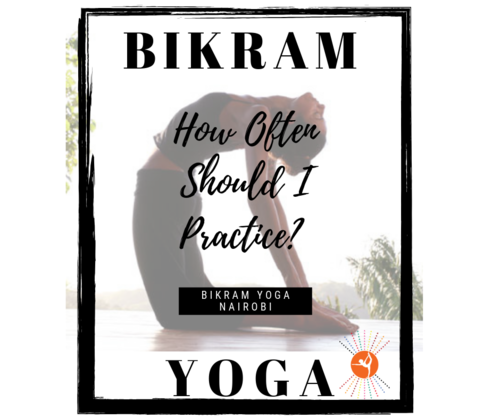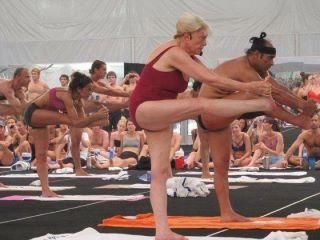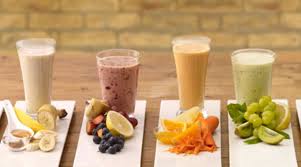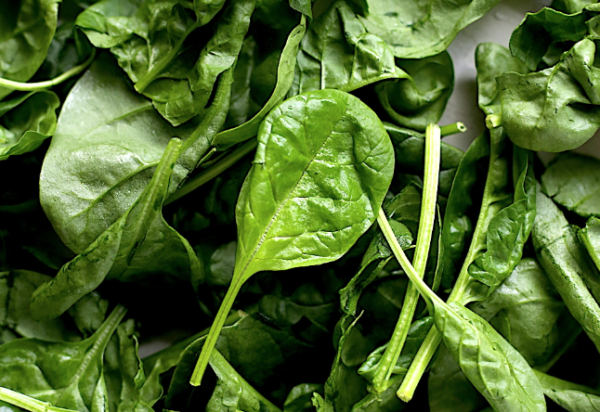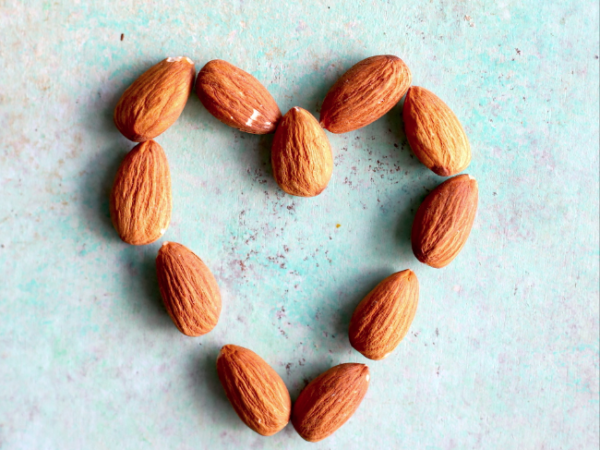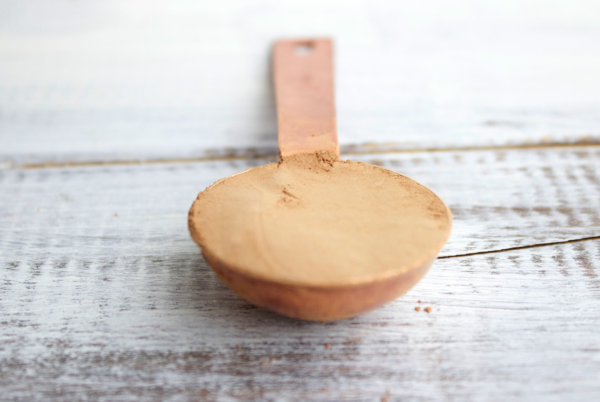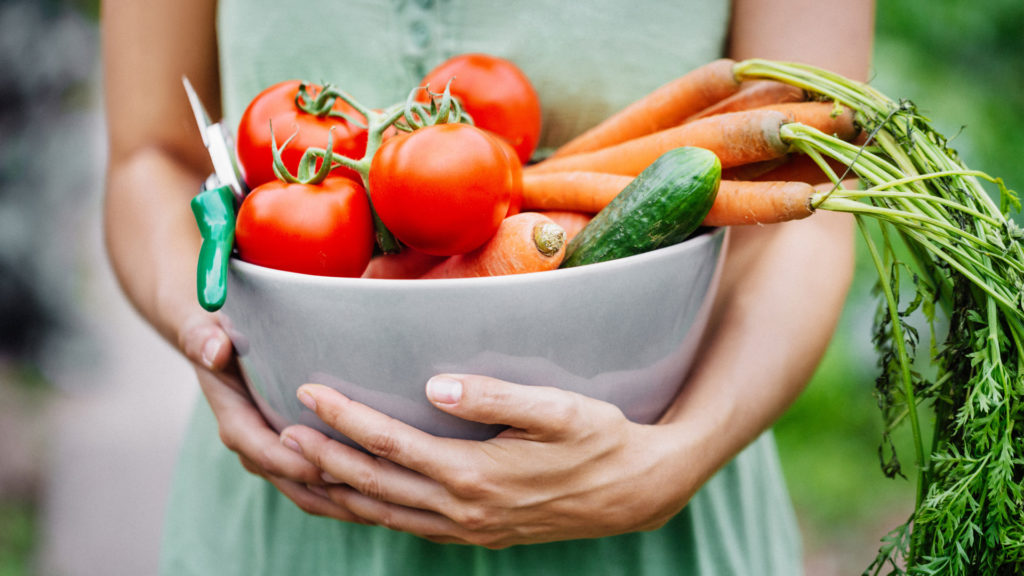Yoga consists of more than bending, twisting and turning yourself upside down. Many yogis study the eight limbs of yoga as a guide to a living a meaningful and purposeful life. Although this eight-fold path offers strategies to teach you how to manage your physical and mental energy, it doesn’t go into much detail about how to feed your body. The sage Patanjali codified the eight-fold path in the Yoga Sutras — but it was written at least 1,700 years ago. Needless to say, a lot has changed — including how we eat.
Ultimately, a yoga diet plan means being mindful in your choices and selecting foods to help you feel most connected to your yoga practice. Your diet should provide you with ample energy and nutrients; some practitioners also choose a diet that matches their moral commitment to yogic teachings and respect for the planet and its beings.
General Rules to Live By
If you eat a cheeseburger, fries, pizza, milkshake or pint of beer before you practice, chances are you’re not going to feel great. You don’t have to swing your meal pendulum so far in the other direction, though, that you subsist only on kale, green smoothies and raw walnuts. Think of your yoga diet as consisting mostly of fresh, unprocessed foods that are nourishing and satisfying.
Follow a few guidelines when designing a diet to match your yogi lifestyle:
-
Choose foods that are light and easily digested
-
Eat a majority of your foods lightly cooked or raw
-
Go for stable cooking oils and fats, such as coconut oil or clarified butter (ghee)
-
Be conscious of the ingredients you’re putting into your body
-
Stop eating when you feel satisfied, but not stuffed
Is Vegetarianism Required?
Some yogis take the directive of ahimsa, or non-harming, to mean eating animals is forbidden. Ahimsa is one of the niyamas, a moral teaching of how you interact with the outside world that falls under the first limb of yoga. Yogis, as a whole, are often conscious about the environment and modern factory farming, and may refrain from eating animals to support their moral beliefs.
A yoga diet doesn’t have to be vegan or vegetarian. Some well-known yogis, including the late B.K.S. Iyengar, felt strongly that a vegetarian diet supported a yogic way of being. Other more modern yogis, including Bikram Choudhury and Ana Forrest, feel that honoring your body’s needs should come first and foremost. If you find that giving up meat leaves you listless and nutritionally deficient, you must consider the harm you’re doing to yourself by denying certain foods.
Ultimately, the choice to eat meat is one you must make on your own. If you feel connected to vegetarianism or veganism and it helps you feel as if you’re taking the principles of yoga off your mat, then by all means — eat this way. But, don’t feel like you can’t be an authentic yogi if you eat otherwise. Just be mindful in your choices; that is the definition of a yogi.
If you do choose a vegetarian diet, ensure you still get plenty of nutritious foods and all necessary nutrients, including calcium, protein and omega 3 fats. It’s possible to avoid animal products, but not eat a healthy or energy-supporting diet. Chips, cereal bars and soda may be vegetarian, but they aren’t going to maximize your practice. Beans, nuts, soy protein, fresh vegetables, whole grains, seeds and fruits are nourishing ways to support a healthy vegetarian body.
A Typical Day
Every yogi is different in constitution and belief, so no one diet works for everyone. However, foods to include that maximize your energy, facilitate healthy digestion and provide optimal nutrition are:
-
Fresh leafy greens: spinach, kale, watercress, chard
-
Fresh vegetables: zucchini, broccoli, tomatoes, green beans
-
Fresh fruit: berries, apples, citrus, melon
-
Plain nuts: almonds, walnuts, macadamias
-
Vegan protein: tofu, tempeh, seitan
-
Vegetarian protein: eggs, dairy
-
Whole grains: brown rice, barley, quinoa
-
Healthy fats: coconut oil, avocado, flaxseed oil
If you do choose to include meat and poultry, select humanely raised options.
Breakfast might include whole-grain bread with peanut butter and fresh strawberries; at lunch, have a large green salad topped with seared tofu, sunflower seeds, avocado and olive oil dressing. Dinner options include corn tortillas wrapped around black beans, onions and green peppers. In between, snack on nuts and dried or fresh fruit.
Defining Healthy Eating
Healthy eating is often equated with dieting, but the two are different. A healthy diet includes all the food groups, doesn’t feel like deprivation and should be sustainable for life. To improve your diet, replace refined grains with whole grains such as brown rice, oatmeal or whole-grain bread. Opt for low or nonfat dairy products, choose lean cuts of meat and include fruits and vegetables in every meal. Avoid foods that are high in fat, sodium and sugar. Become familiar with your body’s cues. Eat when you are hungry, not because you have a craving. If you’re unsure if it’s just a craving, drink a glass of water and wait 10 minutes before you eat.
Turkeys and Tryptophan
A lot of chemistry goes into the maintenance of a positive mood. An amino acid called tryptophan helps your body produce another compound — serotonin — which plays a role in restful sleep and a stable mood. Tryptophan is found in protein foods including cheese, poultry, eggs, fish, meat, soy products and milk. Tryptophan is an essential amino acid, meaning you have to get it from your diet. Iron, vitamin B-6 and riboflavin are also necessary for tryptophan to work properly.
Steady Energy
You rush out the door and forget to eat breakfast. By noon, you are hungry and shaky and feel irritable, confused and anxious. You are experiencing symptoms of hypoglycemia, or low blood sugar. Your body and your brain rely on a type of sugar called glucose for energy. When you eat irregularly or make poor food choices, your blood sugar spikes and crashes and you feel miserable. Eating regular, healthy meals and snacks will give you all-day energy and will help elevate your mood.
Diverse Diet
The Mental Health Foundation reports that two-thirds of individuals who claim to have no mental health problems eat fresh fruits or fruit juices every day. Fewer than half of those who reported mental health problems enjoyed fresh produce. Similar trends were seen with vegetables, whole grains and meals made from scratch. Although you can’t blame mental health issues on diet, there does seem to be a correlation between eating well and overall positivity. To promote good mental health, the Mental Health Foundation recommends a nutrient-dense diet focused on whole foods. Avoid processed and packaged foods as much as possible.
Energy for Enjoyment
Eating well gives you the energy you need to take care of other aspects of your life such as professional development and family relationships. A healthy diet may improve your mood simply because you are able to derive more pleasure from life. With a well-fueled body and mind, you’ll also be better equipped to deal with the inevitable stresses of life.



